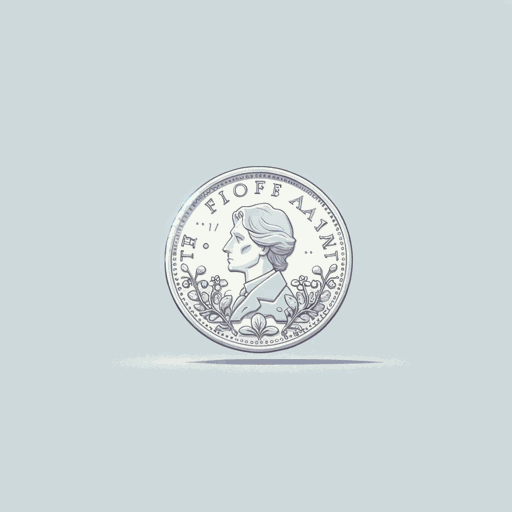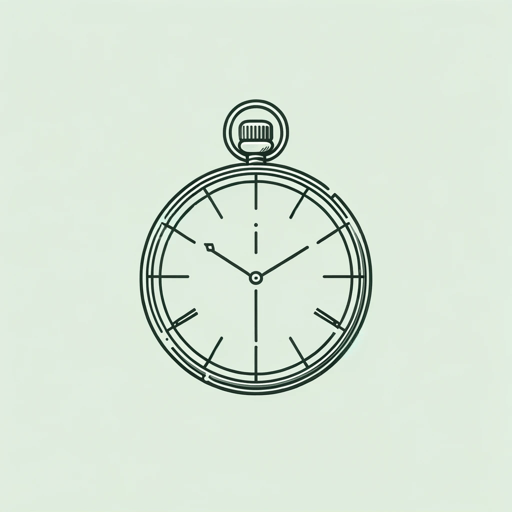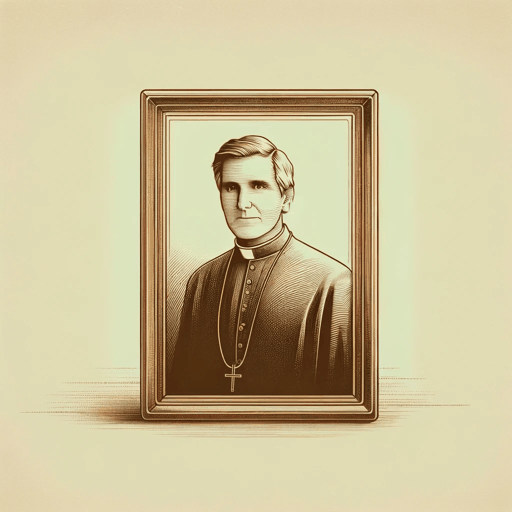30 pages • 1 hour read
James JoyceEveline
Fiction | Short Story | Adult | Published in 1904A modern alternative to SparkNotes and CliffsNotes, SuperSummary offers high-quality Study Guides with detailed chapter summaries and analysis of major themes, characters, and more.
Story Analysis
Analysis: “Eveline”
The narrative style of “Eveline” reveals Joyce’s early experiments with representing the inner experiences of his characters; although the text is written in third-person perspective, the point of view is clearly Eveline’s. The story is driven by the whims of her reminiscences and observations, revealing the world through her eyes and with her commentary. The text does not read like Leopold Bloom’s or Stephen Daedalus’s thoughts in Joyce’s 1922 novel Ulysses, but the narrative experience is similar, reading as stream of consciousness despite the distance of the third-person narration. By revealing Eveline’s thoughts as they happen, Joyce closes the distance between protagonist and reader, creating an early iteration of Modernist conceptions of “realism.” In 19th-century realist novels, the representation of reality was shaped by what was considered an objective perspective, representing people, landscapes, and events as they are. These novels used third-person perspective, and the drive for objective realism combined with third-person narration created the sense of an omniscient narrator. Modernists, especially after seeing the effects of rapid industrialism and social changes alongside the horrors of World War I, searched for alternate ways to represent a reality in which Victorian sensibilities no longer fit within the modern Western world’s social, technological, and political landscapes.
Related Titles
By James Joyce

An Encounter
James Joyce

A Painful Case
James Joyce

A Portrait of the Artist as a Young Man
James Joyce

Araby
James Joyce

Clay
James Joyce

Counterparts
James Joyce

Dubliners
James Joyce

Finnegans Wake
James Joyce

Ivy Day in the Committee Room
James Joyce

The Boarding House
James Joyce

The Dead
James Joyce

The Sisters
James Joyce

Two Gallants
James Joyce

Ulysses
James Joyce

